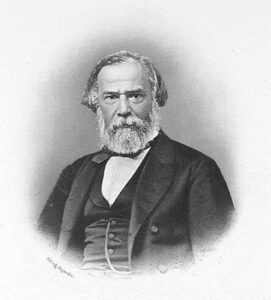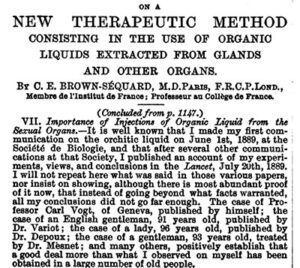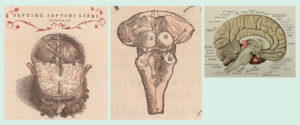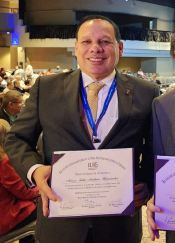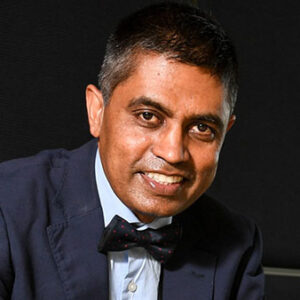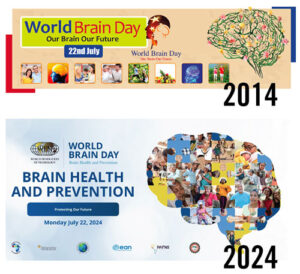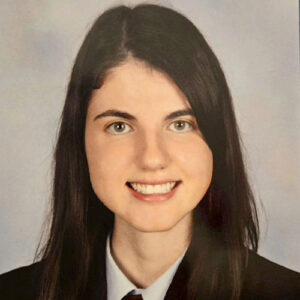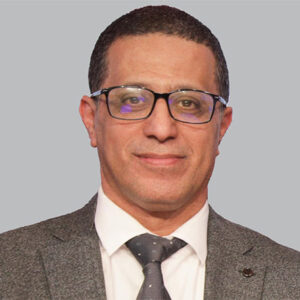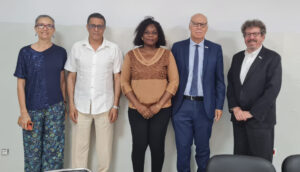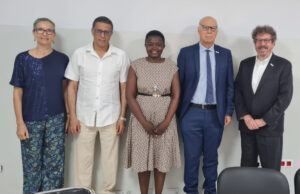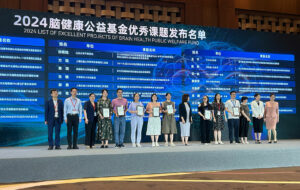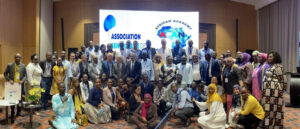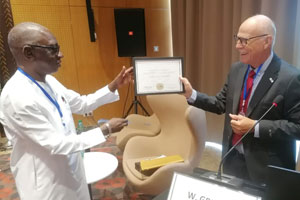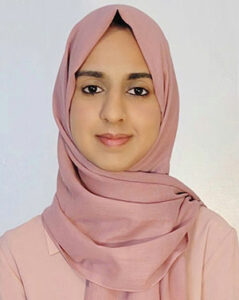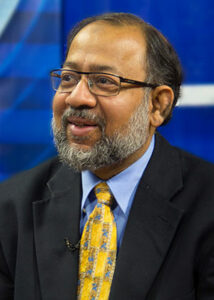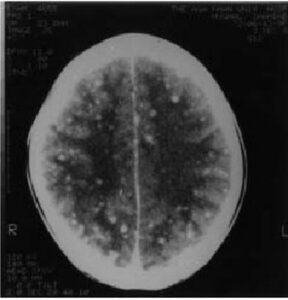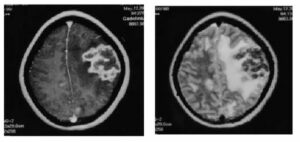First Caucasus Region Course of Neuroepidemiology
The high-level, full-immersion course takes place in December.
By Carlos N. Ketzoian
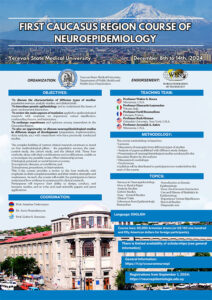 The First Caucasus Region Course of Neuroepidemiology will take place Dec. 8-14, 2024, in Yerevan, Armenia. It will be the first time the course has taken place in the Asian-Oceania region of the WFN Member Societies.
The First Caucasus Region Course of Neuroepidemiology will take place Dec. 8-14, 2024, in Yerevan, Armenia. It will be the first time the course has taken place in the Asian-Oceania region of the WFN Member Societies.
For years, the Specialty Group on Neuroepidemiology of the World Federation of Neurology (WFN) has promoted specialty courses aimed at young neurologists and health professionals in their first years of training.
These high-level, full-immersion courses allow participants to share five days of training, exchange experiences, and establish professional collaborations that go beyond the course.
Two of these courses took place in Latin America (one in 2018 in Panama, and one in 2023 in Uruguay). Next year, courses are planned to take place in Peru and in Benin, Africa.
The course in Armenia is organized by Yerevan State Medical University, under the auspices of WFN.
The topics will include:
- surveys in neuroepidemiology
- analytic studies, case-control studies
- cohort studies
- clinical trials
- genetic epidemiology
- application of statistics to epidemiology
- inferences from epidemiologic research
- neuroepidemiologic studies in low- and middle-income countries
- geo-epidemiological methods for neuroepidemiologic studies
- diagnostic tests
- how to carry out an epidemiological study in low frequency neurological diseases
- epidemiology of some neurological disorders in the region (dementia, Parkinson’s disease, and stroke)
The methodology includes lectures, discussion of examples from different types of studies, and analysis of papers published with different study designs.
Visit the Yerevan State Medical University website for more information. You can also email Prof. Artashes Tadevosyan at Yerevan State Medical University, Department of Public Health and Health Care Organization.
The Neuroepidemiology Specialty Group is chaired by Pierre Marie Preux. His email address is preux@unilim.fr. •
Carlos N. Katsoian is a neurologist, epidemiologist, and neurophysiologist from the Neuroepidemiology Section, Institute of Neurology, University Hospital, School of Medicine in Montevideo, Uruguay.
The 10th International Course of Neuroepidemiology
The course includes four days of training and education.
By Carlos N. Ketzoian
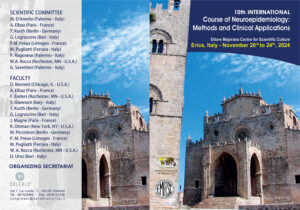 The 10th International Course of Neuroepidemiology: Methods and Clinical Applications will take place Nov. 20-24, 2024, at the Ettore Majorana Center for Scientific Culture in Erice, Italy. The World Federation of Neurology (WFN) has endorsed this event.
The 10th International Course of Neuroepidemiology: Methods and Clinical Applications will take place Nov. 20-24, 2024, at the Ettore Majorana Center for Scientific Culture in Erice, Italy. The World Federation of Neurology (WFN) has endorsed this event.
This historical course of neuroepidemiology originated in 1981 with Prof. Bruce Schoenberg.1
Erice’s neuroepidemiology courses are an essential point of reference for those who are interested in the subject. Over the years, the structure, thematic content, and methodology have evolved in order to adapt to the changing needs of an international audience and to include methodological developments.
A scientific committee and teaching team, including more than 15 worldwide leaders in neuroepidemiology and other related sciences, will lead the course. It is a high-level, full-immersion course where participants share four days of training, exchange experiences, and establish professional collaborations that go beyond the course.
The topics include:
- surveys in neuroepidemiology
- analytic studies
- clinical trials
- genetic epidemiology
- application of statistics to epidemiology
- metanalysis
- inferences from epidemiologic research
- neuroepidemiology in developing countriespidemiology of some neurological disorders (ALS, dementia, migraine, multiple sclerosis, Parkinson’s disease, and stroke)
The methodology includes lectures, discussion of examples from different types of studies, and practical interactive tutorials.
For more information, contact Prof. Paolo Ragonese or Sole Blu Congress Secretariat.
The Neuroepidemiology Specialty Group is chaired by Pierre Marie Preux. He can be reached at preux@unilim.fr. •
Carlos N. Katsoian is a neurologist, epidemiologist, and neurophysiologist from the Neuroepidemiology Section, Institute of Neurology, University Hospital, School of Medicine in Montevideo, Uruguay.
Reference
1. Walter A. Rocca, Paolo Ragonese, Marco D’Amelio, Giovanni Savettieri (2022) Teaching Research Methods to Young Neurologists: The Erice International Courses. J Mov Disord 2022;15(3):227-231.

